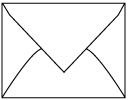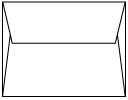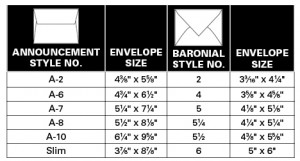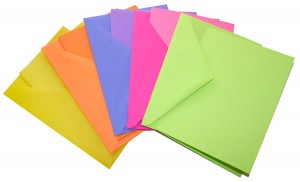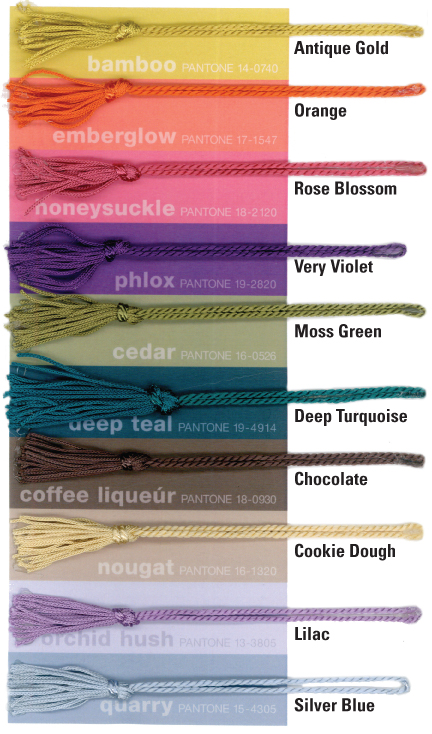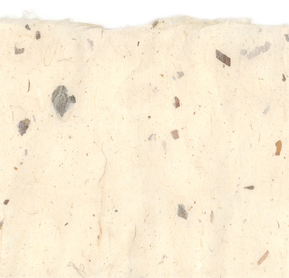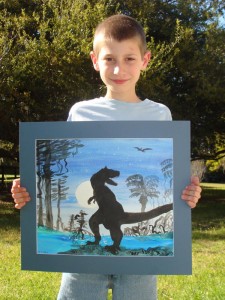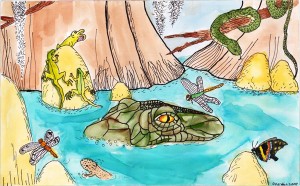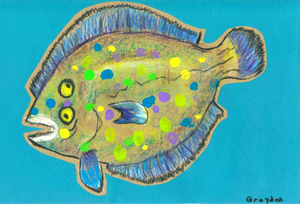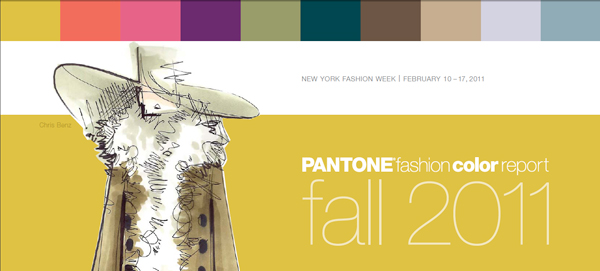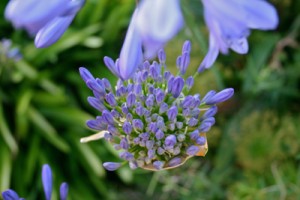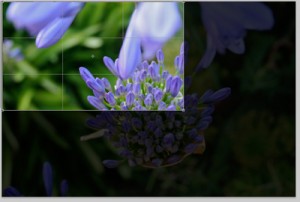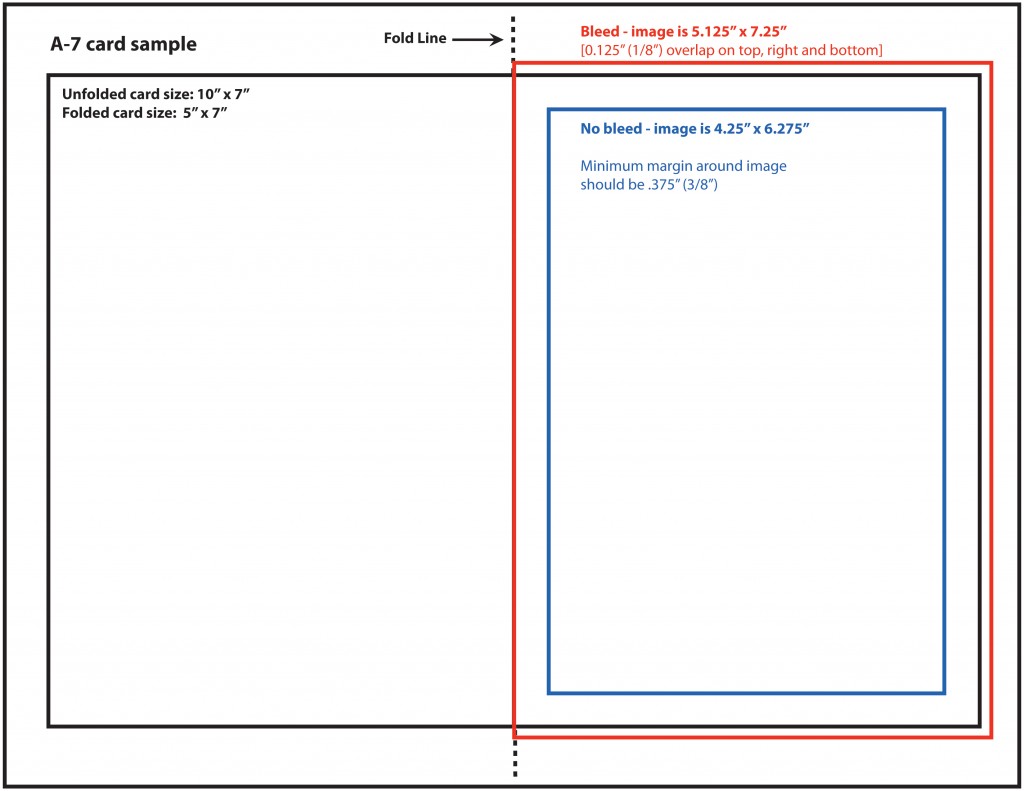We understand that when inspiration strikes, you want to start work immediately on creating your greeting cards. However, it is important to consider the size and style of the envelope and packaging before choosing the size for your card. Once the envelope size and style are chosen, create the greeting card slightly smaller so that it will slide easily into your envelope.
It’s best to begin with the envelope style and size. Envelope styles are generally defined by their use; for example, commercial, booklet, ticket envelopes and so on. For artists and crafters creating greeting cards, one of two envelope styles are typically used—baronial and announcement envelopes, which differ in their size and the shape of the envelope flaps.
Baronial envelopes are considered the most formal of envelope styles and have a deep, pointed flap. While they can be used for greeting cards, they are most widely used for formal invitations and announcements.
Announcement envelopes are made to be used with a much wider range of text weight and cover papers than baronials and are distinguished by their shorter, squared flap, which can be plain or deckle-edged.
At Oak Creek Printworks, we carry mainly the announcement style envelopes because they are available in a wide range of paper colors and weights; whereas, with baronials, there is typically less choice.
Recently we were able to create a unique blank note card set with with matching baronial envelopes and we wanted to let you know about this new product. We have created a limited quantity of matching cards and envelopes in bright yellow, hot pink, purple, lime green, and bright orange. A6 size bright note cards and matching baronial envelopes are an Oak Creek Printworks original!

